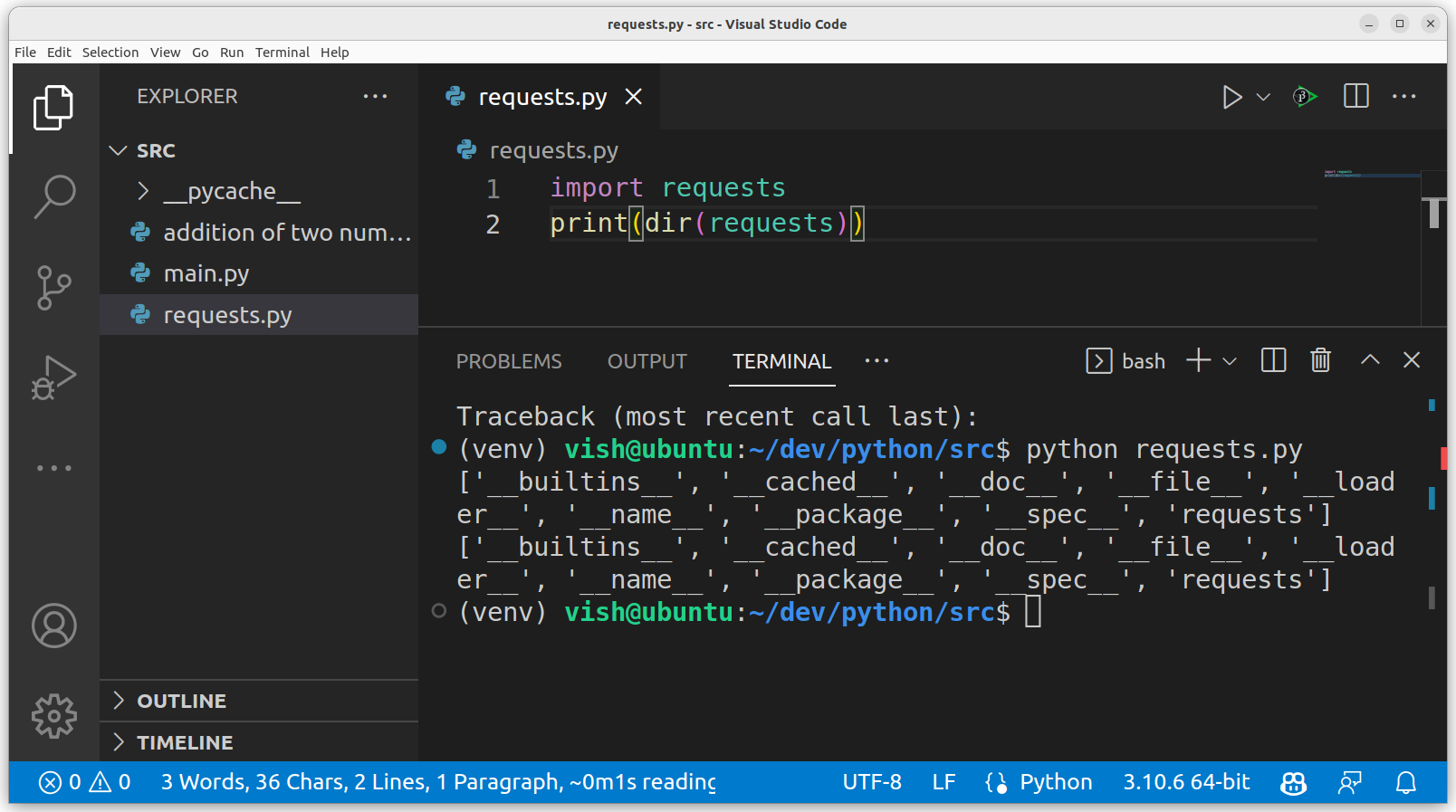Make HTTP Requests in Python with requests: A Beginner’s Guide to Web Scraping and API Interactions

Are you looking to interact with web servers and APIs from your Python scripts? Look no further than requests, a library for making HTTP requests in Python.
What is requests?
requests is a library for making HTTP requests in Python. It provides functions for sending HTTP requests, such as GET, POST, PUT, DELETE, and more, as well as functions for handling the responses received from the server. requests is built on top of the Python Standard Library’s urllib3 module and is designed to be easy to use and intuitive.
What can you do with requests?
With requests, you can perform a wide range of tasks related to interacting with web servers and APIs from your Python scripts. Some examples of what you can do with requests include:
- Sending HTTP requests to web servers and APIs to retrieve data, such as HTML pages, JSON data, or XML data
- Submitting data to web servers and APIs, such as form data or JSON payloads, to create or update resources
- Handling HTTP responses from the server, including status codes, headers, and body content
- Customizing the behavior of your HTTP requests, such as setting headers, cookies, and timeouts
- requests is a popular choice for web scraping and interacting with APIs in Python, and is widely used in the data science and web development communities.
How do you get started with requests?
Getting started with requests is easy! To install requests, simply run the following command:
pip install requests
Then, to import requests and use its functions, simply include the following line at the top of your Python script:
import requests
From there, you can use the functions provided by requests to send HTTP requests and handle responses from the server. For more detailed information on how to use requests, you can refer to the official documentation and tutorials available on their website.
And, at last.
In conclusion, requests is a powerful library for making HTTP requests in Python. With its extensive capabilities and user-friendly interface, requests is a popular choice for interacting with web servers and APIs in the field of data science and web development.
Whether you are a beginner looking to get started with web scraping and API interactions in Python or an experienced practitioner looking to expand your skills, requests offers a wealth of tools and resources for handling HTTP requests and responses. We hope this article has provided a helpful introduction to requests and that you will give it a try in your own projects.





